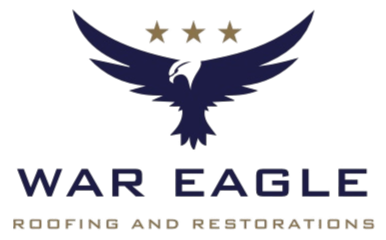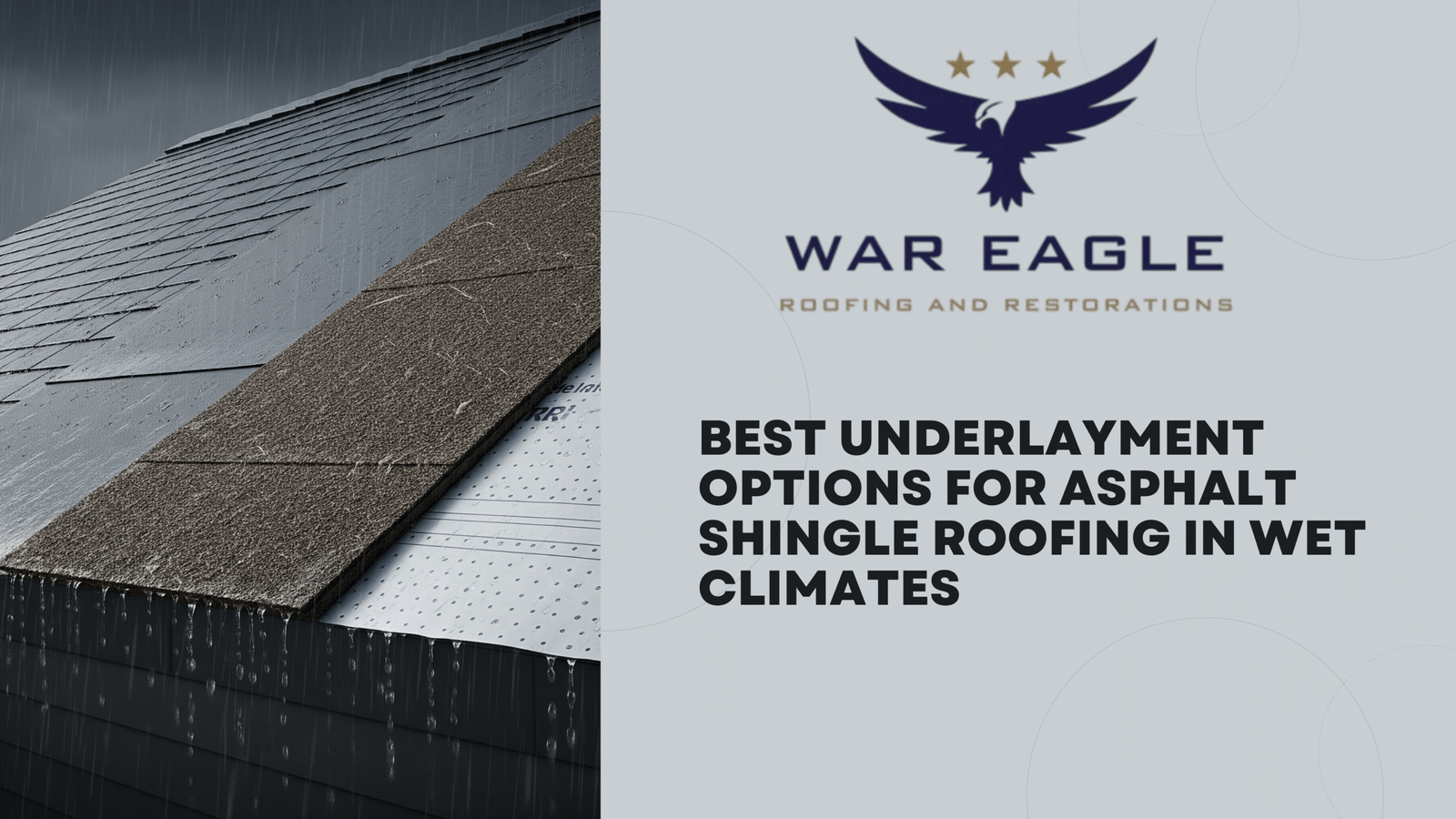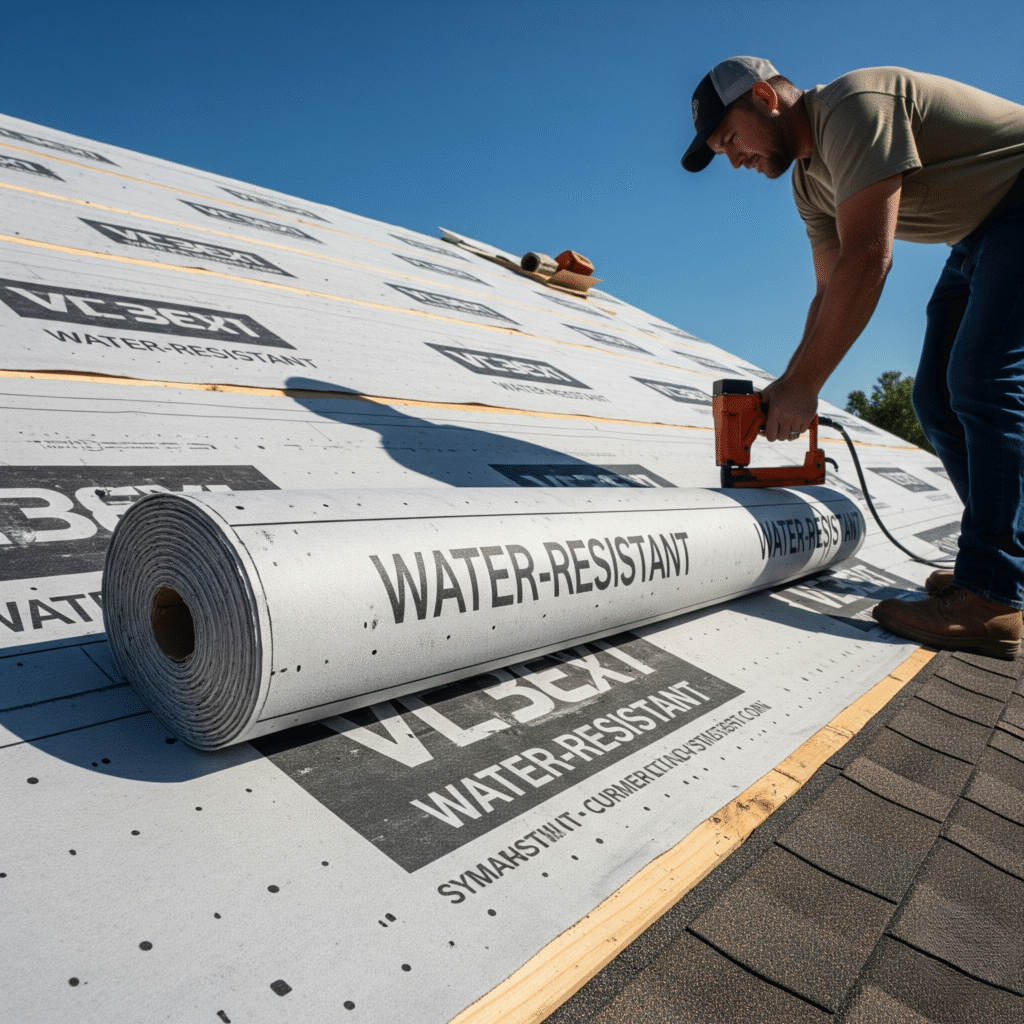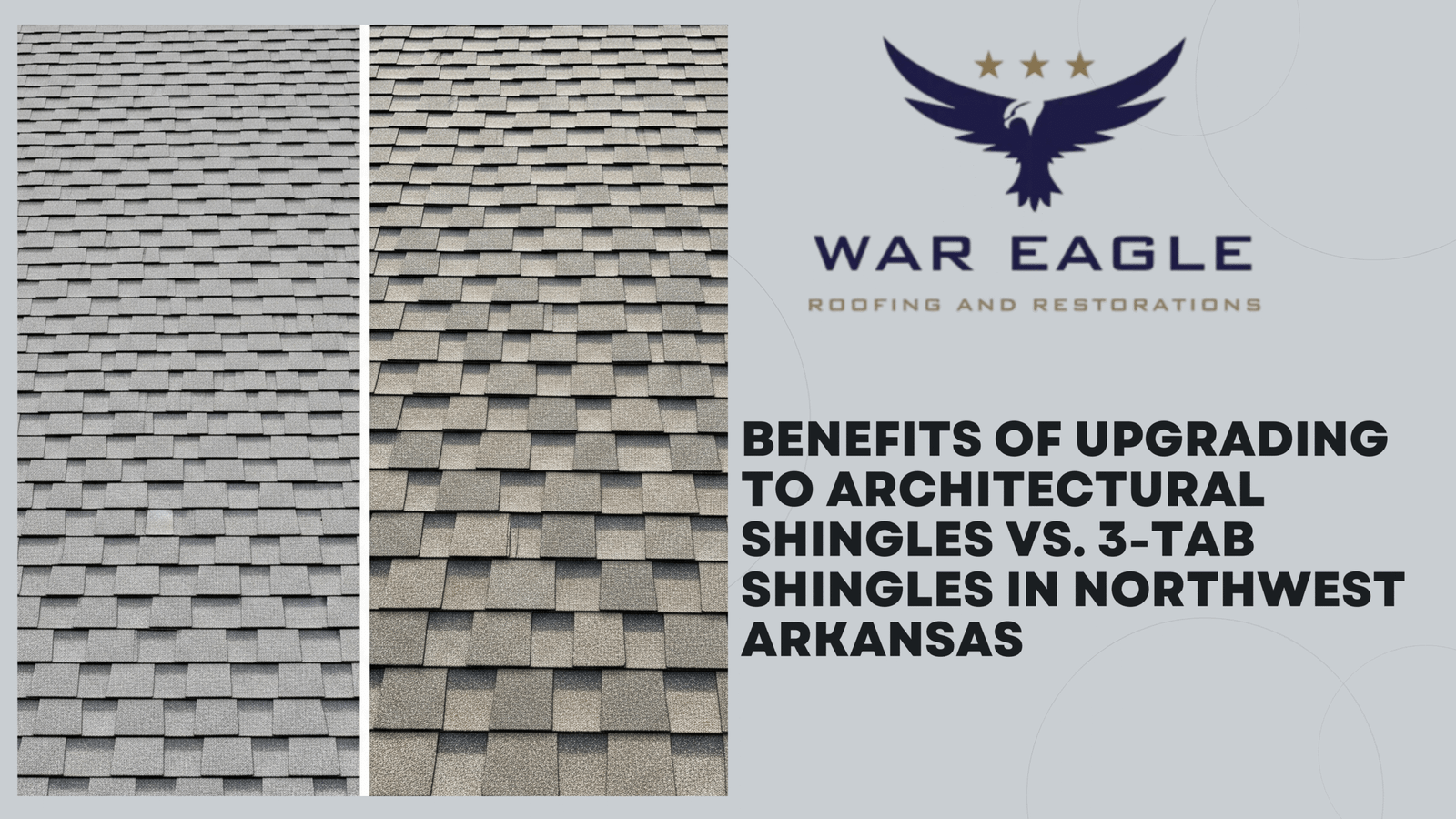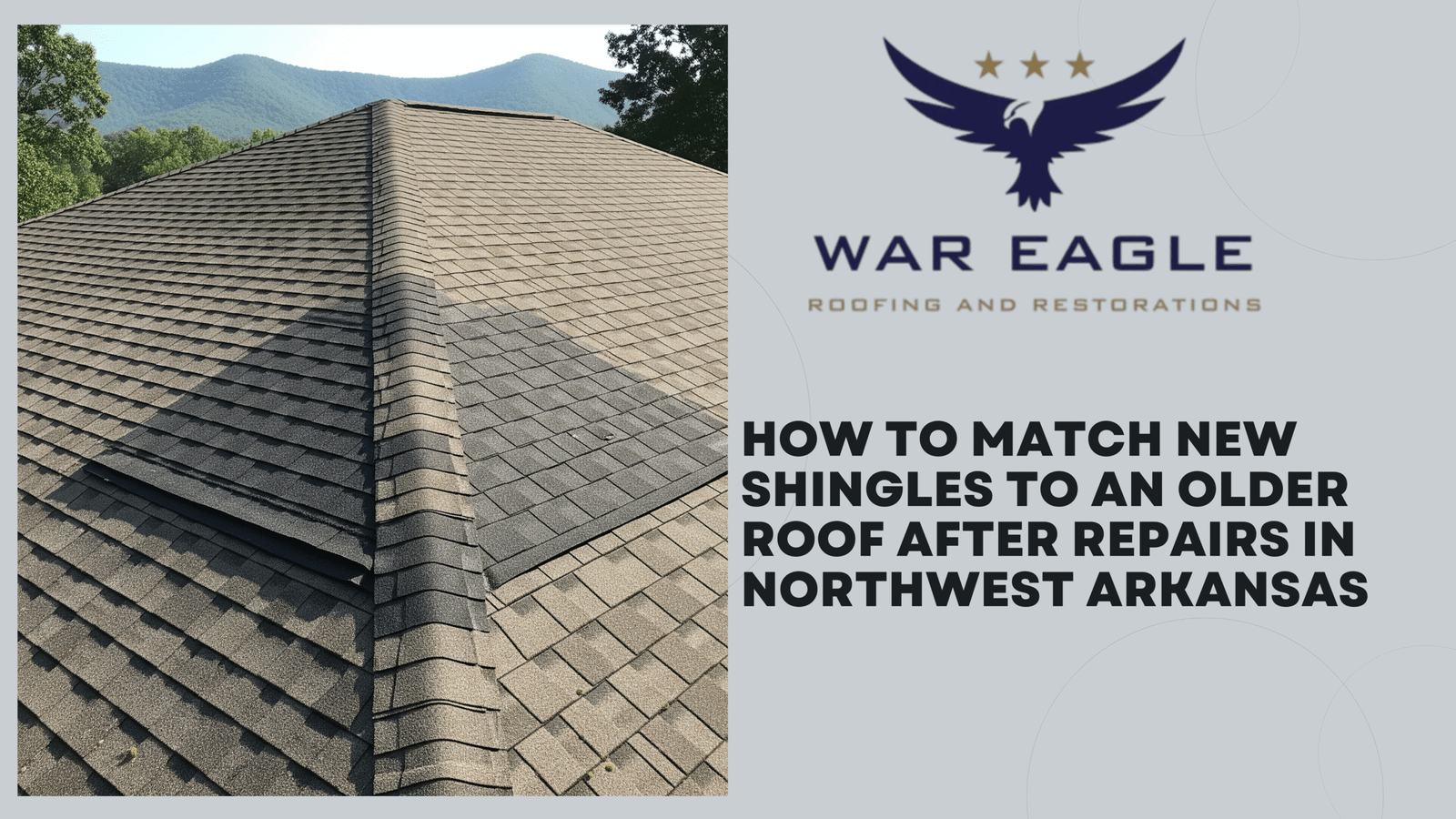Asphalt shingle roofs remain one of the most popular choices for homeowners thanks to their affordability and durability. But when it comes to wet climates, think frequent rain, humidity, or coastal storms, your roof’s performance depends heavily on what lies beneath the shingles: the underlayment.
Choosing the right underlayment for asphalt shingles in wet climates is essential to protect against water infiltration, mold, and long-term damage. This guide explores your best options, how they work, and what factors to consider before making a choice.
Why Underlayment Matters (Especially in Wet Climates)
Underlayment acts as a secondary water barrier, providing extra protection when heavy rain, wind-driven moisture, or ice dams push water under the shingles.
In wet or coastal regions, it helps:
- Prevent leaks and water damage
- Stop mold and mildew from forming in the attic
- Extend the life of your entire roofing system
Types of Underlayment for Asphalt Shingles
Let’s look at the three most common underlayment materials and see how they perform in wet environments.
1. Asphalt-Saturated Felt
Also known as tar paper or felt paper, this traditional underlayment has been used for decades.
- Typically comes in 15-pound or 30-pound rolls
- Provides decent water resistance and breathability
- Budget-friendly option
Downsides for wet climates:
- Prone to absorbing moisture over time
- Tears easily during installation or high winds
- Can wrinkle, leading to uneven shingles
2. Synthetic Underlayment
Made from woven or spun polypropylene or polyethylene, synthetic underlayments have become the go-to choice for modern roofers.
Advantages in wet climates:
- Highly water-resistant, often water-shedding
- Stronger and lighter than felt, reducing tear risk
- Lies flat, avoiding wrinkles
- Better UV resistance if exposed before the shingles are installed
- Non-absorbent, so it won’t swell or degrade over time
While synthetic options cost more than felt, the performance benefits often justify the investment, especially in areas with heavy rain or humidity.
3. Rubberized Asphalt (Peel-and-Stick)
This self-adhering membrane features an asphalt-saturated base topped with rubber polymers.
Best choice for critical wet areas:
- Creates a waterproof seal, even around nails
- Self-healing properties seal small punctures
- Ideal for valleys, eaves, and low-slope sections prone to leaks
Due to higher cost, it’s often used selectively (e.g., valleys and edges), but in very wet climates or complex roofs, some homeowners choose full coverage for maximum protection.
Key Features to Look for in Wet Climates
When comparing underlayment options, prioritize these features:
Water resistance: Look for waterproof or water-shedding properties.
Tear strength: Resists damage during installation and wind events.
Slip resistance: Important for roofers’ safety on steep or wet surfaces.
UV resistance: If your project might leave the underlayment exposed before shingles go on.
Thickness and weight: Heavier products often add durability, but they must be compatible with your roof structure.
Combination Strategy: Best of Both Worlds
Many roofing contractors recommend a layered approach:
- Rubberized asphalt in leak-prone areas (valleys, eaves, penetrations)
- Synthetic underlayment across the main roof field
This strategy balances cost, coverage, and superior water protection.
Tips for Installation Success
Even the best underlayment won’t help if installed poorly. Here’s what to keep in mind:
- Overlap layers correctly according to the manufacturer’s specs.
- Avoid stretching synthetic materials too tightly (can cause tearing).
- Install drip edges properly to guide water off the roof.
- Keep nails or staples flush with the surface; avoid over-driving.
- Inspect the underlayment for damage before installing shingles.
Why Skipping Underlayment Is Risky
Some homeowners wonder if underlayment is optional, especially in mild climates. In wet areas, skipping underlayment can lead to:
- Costly water leaks
- Damaged insulation and drywall
- Mold growth in attics or walls
- Voided shingle warranties
Underlayment is a relatively small cost compared to the peace of mind and protection it offers.
Average Costs (By Type)
| Underlayment Type | Approximate Cost (per sq ft) |
|---|---|
| Asphalt-saturated felt | $0.15–$0.30 |
| Synthetic | $0.25–$0.60 |
| Rubberized asphalt | $0.50–$1.00+ |
While synthetic and peel-and-stick options cost more upfront, they often last longer and perform better under harsh, wet conditions.
Conclusion
If you live in a wet climate, don’t overlook the underlayment beneath your asphalt shingles.
For the best protection:
- Use synthetic underlayment for most of the roof.
- Add rubberized asphalt in valleys, eaves, and other leak-prone spots.
Investing in quality underlayment means a drier, healthier home and a roof that lasts longer, no matter how hard it rains. Contact us today!
